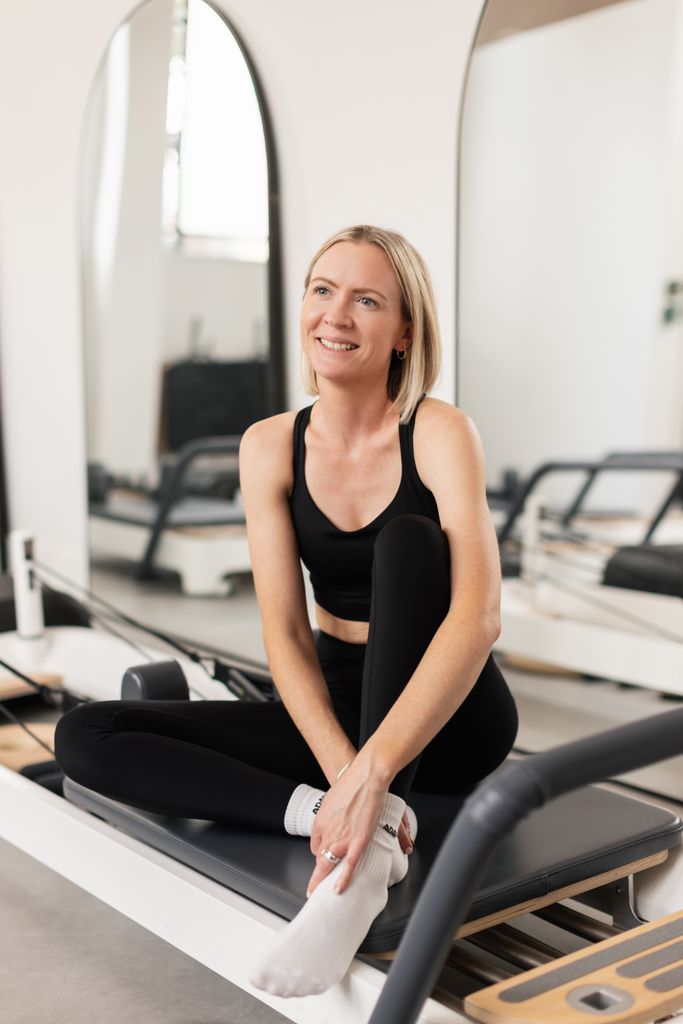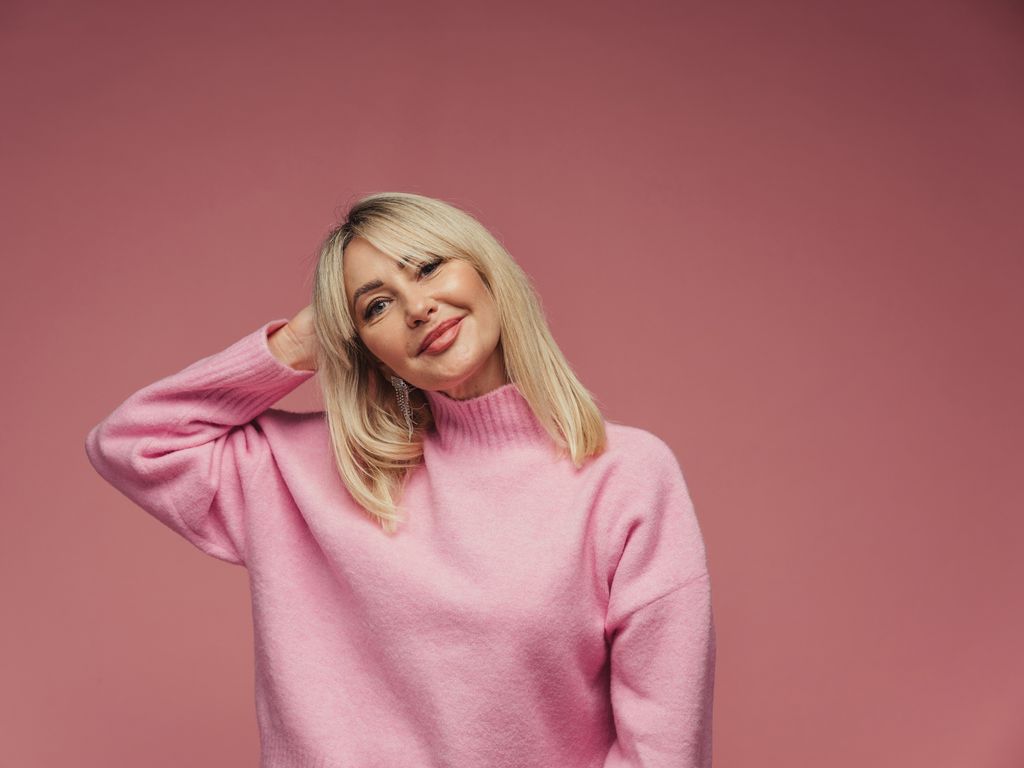Fitness
I avoided midlife spread and stayed toned at 74 – here’s how

At 74, Carol Smith’s adult daughters often tell her she is fitter and stronger than they are. The secret to her vitality? Pilates.
Carol first tried Pilates over 40 years ago, and has practised sporadically since then, before committing in the last six years.
“Pilates allows me to engage my body in a vigorous manner, lengthening and strengthening it without fear of injury,” she tells HELLO!
“With Pilates I can maintain my core strength and improve my balance and mobility. Women start to lose upper body strength as we age, but with Pilates I have improved mine and have more movement in my middle back, which was quite stiff after 40 years staring at a screen at work.
“Pilates has also helped me avoid the middle age spread and made me more flexible and toned. I have a stable and strong core, too.”
Despite having a background in Pilates, Carol was apprehensive before throwing herself into the classes when she hit her 70s. She fretted about lack of coordination, but she notes exercises can be easily modified to fit your level of fitness or any injuries.
“It seems the slower you move the more benefit you see, so my worry of not being able to keep up with younger participants was unfounded. When I walk out of my sessions I feel taller, more energised and strangely relaxed.
“It is not a high impact or cardio workout but I always feel I have used every muscle group in my body.”
READ: I look better at 70 than I did at 30 – here’s how
Low impact
It’s the low impact aspect of Pilates that makes it so beneficial for people in midlife and beyond, says Claire Mills, founder of CORE Ldn.
“Pilates is the perfect form of exercise for the older generation as it’s kind to joints whilst also helping them to maintain flexibility and good posture, which is important as we age.
“When we’re older, continuing a form of strength training is hugely beneficial for our bone health and maintaining bone density.”
READ: Just like Victoria Beckham, I’ve ditched restrictive diets and punishing exercise at 50
Pilates for joint issues
Pilates can be hugely helpful if you struggle with joint pain, says Claire who notes that reformer machines are particularly beneficial because your muscles are under constant spring tension, meaning the fibres are working to lengthen and shorten, facilitating the strengthening of muscles, which in turn will support the joints.
“You are able to target specific muscle groups, and once there is the foundation of a strong muscular system, the joints are more supported, whole-body function is improved and therefore supports the joints working more efficiently,” she explains.
Handle with care
If you’re thinking of launching yourself into a new exercise regime in midlife, optimal ageing expert Julie Robinson of Move It or Lose It cautions taking it slowly.
“It’s important to approach fitness with care,” Julie says. “Ageing can impact the elasticity and strength in our tendons and ligaments, causing joint mobility to become more restricted – especially after menopause.
“As such, you may run the risk of developing injuries if you try to do too much too soon. Instead, start slowly and gradually build up the intensity of your workouts,” she advises.
“Try and begin with some low-impact exercises, such as walking, swimming, or gentle yoga. These activities are easy on the joints and help build endurance.
“When you’re feeling more mobile, introduce muscle strengthening exercises using light hand weights or resistance bands to strengthen the muscles surrounding the joints. If you find exercising alone difficult, group classes are a great way to boost motivation and help keep you on track with your exercise goals.”













